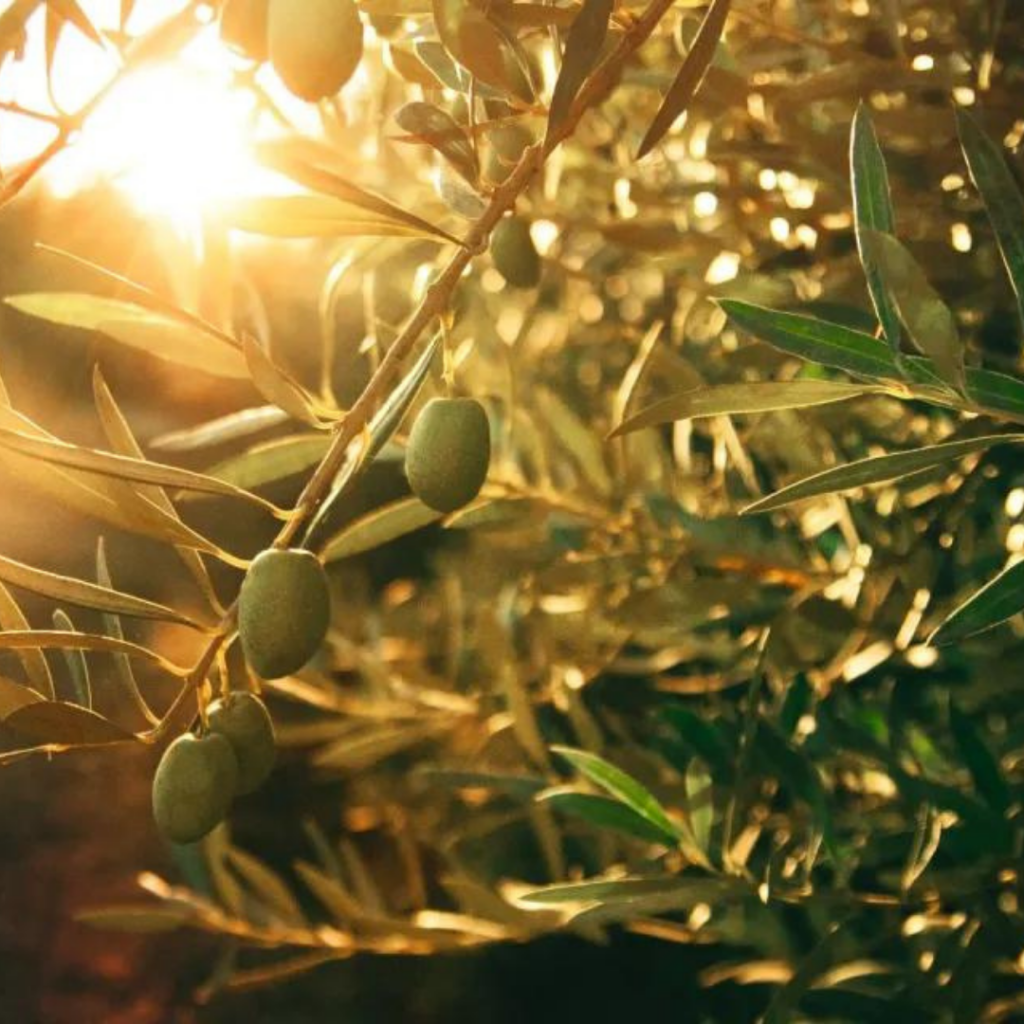As individuals and families, as communities and nations, we can best survive with one another and not against each other.
Evolutionary theory has been interpreted to mean that “survival of the fittest” means “survival of the ruthless.” New studies show, however, that evolutionary progress is attained not only by competitive struggle, but by the relaxation of selective forces. Mathematical biologist Martin Nowack calls this process, not “the STRUGGLE for survival”… but “the SNUGGLE for survival.”
In cold environments, instead of struggling alone to survive, mice snuggle together. Since they are not warm-blooded animals that can succeed independently in frigid conditions, they huddle for warmth. By doing so, mice create a super organism without having to grow a larger body, and they pass that adaptation on to their offspring.
Corals, likewise, cooperate by building reefs that not only protect them, but provide a habitat for countless other species and enable them to prosper. Penguins also excel at cuddling. In order to endure the frigid blizzards of Antarctica, penguin colonies organize a huddle circle that is strategically organized so that every penguin from the center to the periphery has a chance to warm up in the middle.
And so it has often been with humans. As we collected into ever-larger groups, the development of complex technology accelerated; artisans and innovators specialized in their crafts; and the exchange of ideas and the need to live side by side fostered our ability to coexist. Aggressive, uncooperative individuals had a harder time in subsisting and surviving. In the course of time, humans became a gentler, more cooperative species. We call it “civilization.”
All of this became very real to me during a trip to California. The stately and beautiful California Redwoods, the sequoias, are regularly threatened by summer fires, yet somehow they endure. Surprisingly, despite their towering presence that testifies to longevity and permanence, sequoias do not have deep roots. So, what allows them to grow to more than 300 feet and live for 2,500 years—making them the largest, longest-living and among the most elegant of organisms? Sequoias survive because they grow in groves. In shallow soil, their root system interconnects and spreads, often for 300 feet. Their survival is predicated not upon isolation, but upon interdependence, cooperation and outreach. Through storms, winds, flashes and fires, the redwoods endure.
There are lessons to be learned from the huddling mice and penguins, the intricate coral reefs and the intertwining sequoias. As individuals and families, as communities and nations, we can best survive with one another and not against each other.
Polarization and isolation have become the norm; attack and insult, the standard. Governments work against one another rather than cooperate to solve world problems: immigration, climate change, the arms race, weapons control and the drug epidemic. We substitute tribalism for statehood; racial identity for nationhood; survival of a few for survival of the whole.
Would that we might heed the example of the penguins, the sequoias and the butterflies, the birds and the fish. Competition and exclusion are not the way forward. It is not the fittest who survive, but the friendliest.
For humans, caring—coming together for common purposes—is not always easy. I imagine, if you are a porcupine, snuggling together for warmth and protection can get “sticky.” Yet that is what family, community and nation are all about. Working out the sticky points and staying together for a common cause.
Excerpted from a Yom Kippur Eve sermon at Congregation Beth-El Zedeck, 2019.







